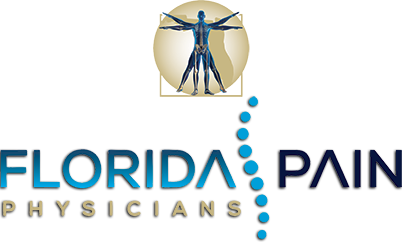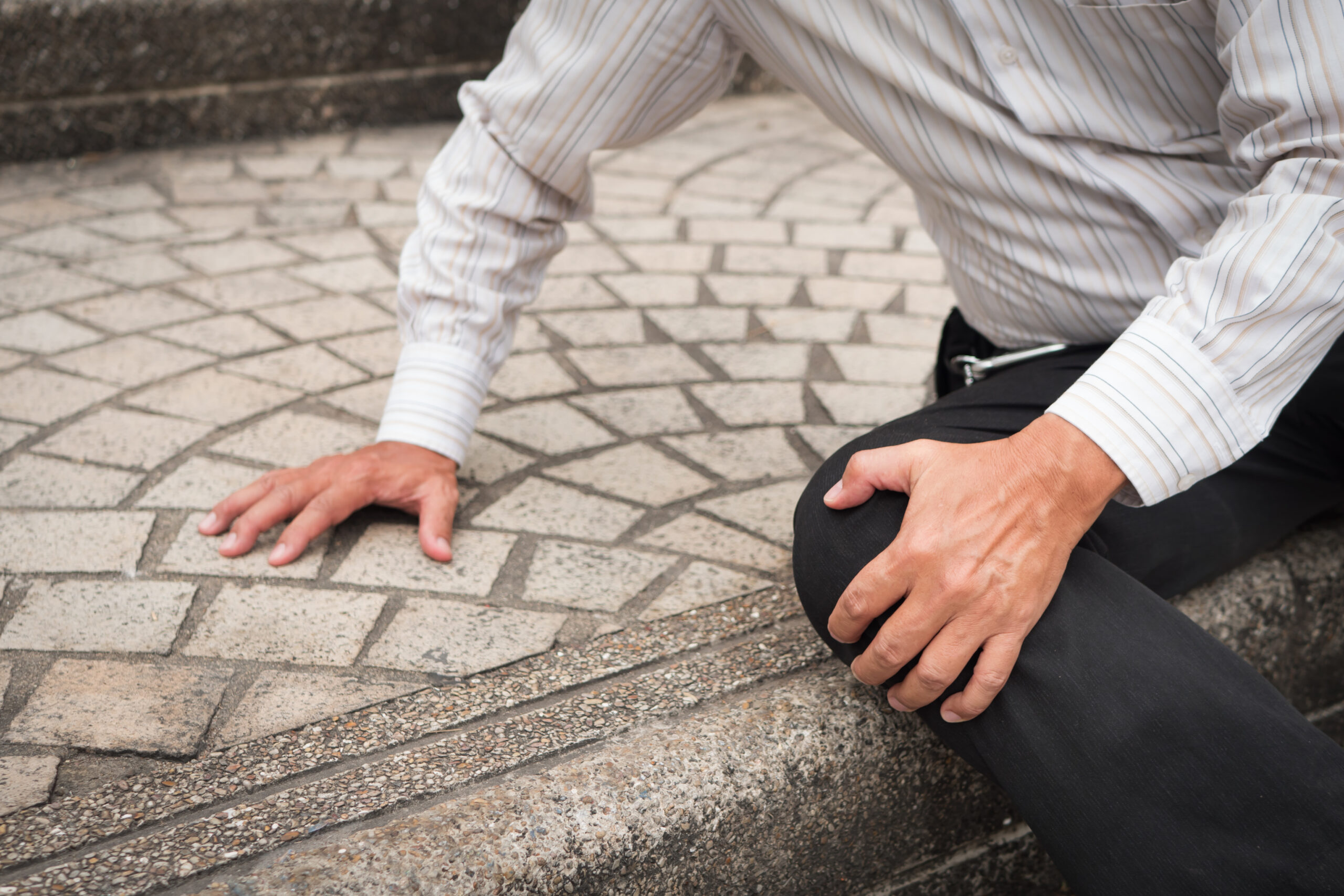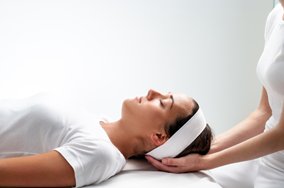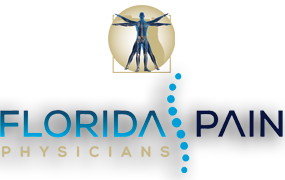Until recently, little was known about the relationship between smoking and migraines. While science had confirmed that smoking posed several health concerns, some still believed the habit might be beneficial for migraine sufferers. However, modern research indicates that tobacco use is anything but beneficial for most people. If you’re a smoker undergoing migraine treatment in North Florida, here is what you should know about the latest research.
Migraine Sufferers Are More Likely to Smoke: A study in Spain found that of the people surveyed, 20% of non-migraine sufferers smoked compared to 29% of migraine sufferers. Likewise, a study in Detroit uncovered that 33% of migraine sufferers used tobacco. Furthermore, the number of cigarettes smoked per day correlated with the frequency of their migraines.
Smokers Experience More Intense Headaches: A study conducted at a headache pain management clinic found that headache intensity was higher for smokers than non-smokers. Their data suggested that smoking was detrimental to the treatment program as well, meaning smoking patients saw less effective results.
Quitting Probably Won’t Cure You—But It Could Help: Chronic migraines are complex. While it would be nice to have a simple answer like “Just quit,” current research shows that smoking doesn’t necessarily cause migraines. However, the habit does seem to contribute to their frequency and intensity. Plus, smoking is detrimental to other aspects of your health. If you quit, you will likely find that you feel healthier overall and that your migraine treatments are more successful.










